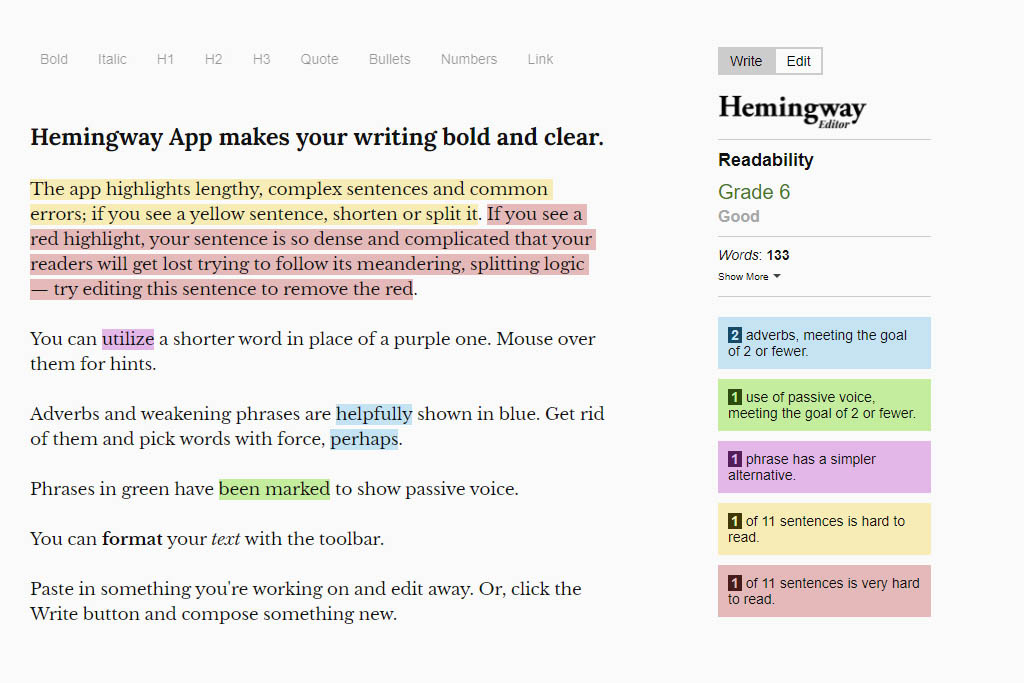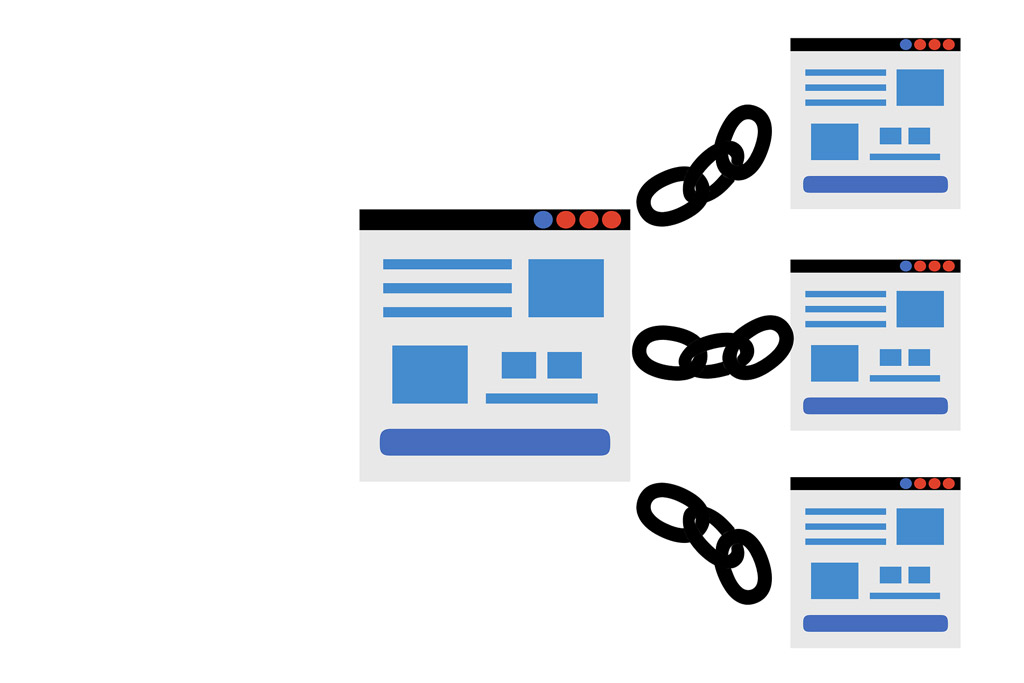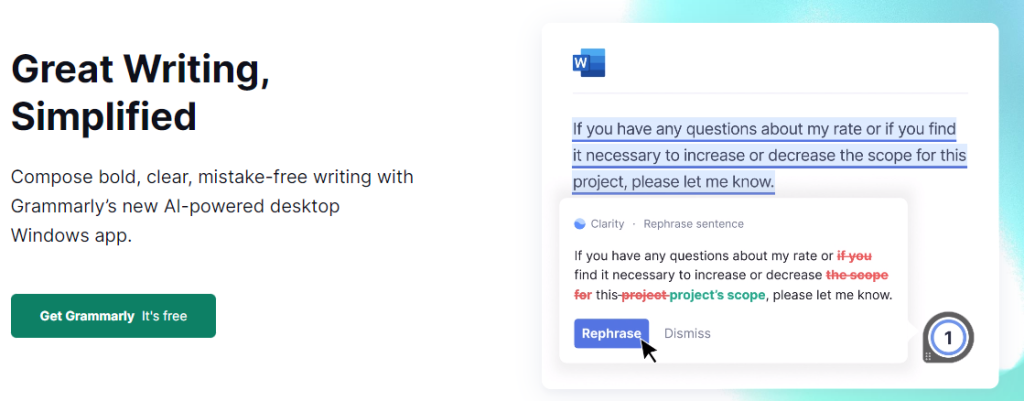In this post, we discuss how to write content that heads straight to the top of Google. This is something that many people have a hard time doing, so I want to share what we’ve learned over the years.
By the end of this post, you should know how to write content that is not only enjoyable for your audience, but also satisfies the notorious Google algorithm. Let’s dive in…
First: Learn more about what SEO stands for in our informative post!
Steps for Writing Content that Ranks in Google
1.) Start with keyword research
The first step to writing SEO-friendly content is keyword research. This means researching topics that are relevant and popular in your field, as well as looking at what keywords people use to find what they’re looking for.
You can do keyword research by using free tools like Google Keyword Planner or UberSuggest, which will give you a list of keywords sorted by the number of monthly searches.
You can also use Ahref or Semrush to find the exact keywords your competition is ranking for! These are paid tools, but I would definitely recommend these tools if you take your content seriously.

2.) Become familiar with keyword placement
Next, you should focus on how to place the keywords throughout the article. This means that you want to include your keywords in the title, intro paragraph, and body of text. As a rule of thumb, try to use each keyword at least three times, but there’s no need to go overboard.
In fact, it’s better to write well-crafted sentences that are relevant and descriptive, rather than stuffing your article with keywords. Long gone are the days of ranking purely on keyword density!

3.) Understand the importance of formatting content
Formatting your content is also important. First, you should try to structure it like an outline with a strong introduction and conclusion that summarizes the post’s main points. Next, make sure that paragraphs are short and to the point while offering lots of value.
Finally, use headings and bullet points to break up your content into smaller chunks that are easier for readers to digest.

4.) Prepare to write readable content
When writing SEO-friendly content, make sure that all of your sentences are easy for people to read and understand. If you’re using difficult words, long sentences, or complicated grammar structures, then you may want to rewrite your article.
You can write readable content by using Hemmingway, which grades your content as you write it. Try to get below Grade 9 before publishing!

5.) Plan out the content before you start writing
The best way to write SEO-friendly content is by thinking about what you’re going to write beforehand. You should already have a general idea of the message that you want your article to convey, as well as an outline or list with all the points that you plan on making in each paragraph.
This will help make sure everything flows and there are no inconsistencies throughout the text.
6.) Use transition words
To make your article flow better and be easier to read, you’ll want to use transition words throughout your content. This will help readers understand where one topic ends and another begins.
Transition words are words or phrases that help show how one idea connects to the next. Using them will help the reader stay on track with what you are saying and show that there is a logical flow to your writing.
7.) Optimize article length
Make sure your article is not too long or short. It depends on the topic you’re writing about, but a good place to start is around 1000 words. Articles shorter than this can be deemed as being “thin content” and not providing enough information, whereas super-long articles (like this one on the best websites of the year) can be daunting for people to read.
It can be a good idea to get feedback on the length from people in your field before publishing. Alternatively, you can use Cora, which analyzes the search results and will tell you the optimum article length.
8.) Use the word “you” throughout the content
Don’t forget that you are writing for an audience, not just the Google algorithm, so make sure that there’s a lot of references to “you.”
This won’t do much for your rankings directly, but this will help readers feel more engaged in the post, which improves the amount of time spent on your site.
9.) Link to existing content
When you’re writing SEO-friendly content, it’s important to link to other articles that have more information on a topic. This will help your readers find the additional information they need without having to go to a different website.
Also, interlinking is great for SEO as it helps Google know which articles are related to each other, which builds heaps of topical authority.
10.) Update old posts
Do not let older posts on your site go by the wayside. Update them to add more value and make sure they are compliant with current SEO standards.
In fact, updating old content often results in an immediate boost in rankings – it’s quite the phenomenon!
11.) Be consistent
If you want to build a loyal following, it’s important to keep your voice consistent from the first post to the 100th. This will help you develop a more recognizable brand that people can trust.
Remember that SEO is a long-term game that will take time to work its way up the rankings, so hard work and consistency are paramount.
12.) Post regularly
One of the best ways to keep people coming back for more is by posting content on a regular basis. It doesn’t have to be every day, but it should happen enough times that readers will always know when a new article is coming, rather than not seeing any updates for months.
It has also been noted that being active on your website can help with Google rankings. However, this is not something that’s guaranteed.
13.) Use SEO plugins
Another way to make sure your content is SEO-friendly, especially if you’re using WordPress as a platform for writing blog posts and articles, is by installing an SEO plugin.
There are many plugins out there that will help you optimize the post or page title, meta description, and keywords. I recommend Yoast SEO, which is a free plugin that will help you optimize all of the above.

14.) Write catchy titles
One of the best ways to get readers’ attention is by using a catchy title. This doesn’t mean you have to be clever or witty.
Just make sure it captures what your post is about and entices people with enough information that they will want to click.
15.) SEO-friendly URLs
When crafting your posts, make sure to use SEO-friendly URLs that are relevant to the topic. This means including your target keywords/phrases in the URL.
For example, your URL should be something like “how-to-write-SEO-friendly-content” or “writing-seo-content” if you want to rank for “how to write SEO-friendly content”?
16.) Use metadata
Meta data is a specific piece of code that you place on your page.
It can be used for keywords, images, and other elements of content to help search engines better understand what’s on the page.
17.) Use images
When it comes to visuals, make sure to use them as often as possible. Not only do they break up text and keep readers engaged, but images with captions are also great for drawing in search engine traffic.
To maintain fast loading times, you should compress all images using a tool/plugin, like TinyPNG or Smush.
18.) Use external links
Adding external links to your content is a great way to build trust from readers and Google alike.
You might consider linking to sources that will give your readers more information about the topic you’re writing on, but make sure the sources are accurate and can be trusted.

19.) Proofread before publishing
The last thing you’ll want to do when writing SEO-friendly content is proofread it for any errors. This means going through and reading the text a couple of times, as well as checking spelling or grammar mistakes at the same time.
You can save time by using a spelling and grammar checker, like Grammarly, that will do this for you.

Final Thoughts on Writing Content that Ranks
In conclusion, there are many different ways to write SEO-friendly content. To sum up the main points, it’s important that you start thinking about what you’re going to say before diving into the text, structure the content in a way that makes sense, use the correct keywords, link to relevant content, and more!